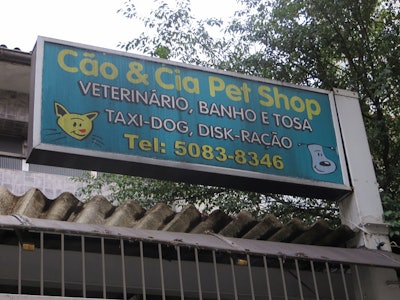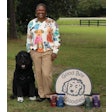
The Brazilian pet care market will likely post 13% growth in the third quarter of 2020 compared to the same period one year ago, even amid the economic impacts from the COVID-19 pandemic, according to press sources quoting Instituto Pet Brasil, a trade association.
As for pet food products, the market will grow 22.5% in the same period of 2020. With such results, the Brazilian market consolidates as the third largest pet care market worldwide.
Pet food market driven by large pet population
The total value of the Brazilian pet care market will reach nearly US$ 7.77 billion by the end of 2020, according to Instituto Pet Brasil. Pet food comprises 50% of that, making the pet food market value approximately US$3.89 billion.
One of the main consumption drivers for pet food, according to the institute, is the large dog and cat population in the country. That spurs a sizeable network of retail outlets across the country, supporting the pet food market as a resilient and profitable business amid economic setbacks.
Market strength: Large network of independent pet shops
In the overall Brazilian pet care market, there are nearly 150,000 retail establishments nationwide. More than 90,000 outlets sell pet food products. Of that total pet care retail universe, the specialty channel includes 32,000 establishments, about 80% of which are independent pet shops.
According to Instituto Pet Brasil, e-commerce pet food sales account for only 3.7% of the total market value. So, unlike other markets in the region, the strength of the Brazilian pet food market relies on that vast network of independent pet shops.
Such a market requires numerous manufacturing companies and distributors capable of selling at thousands of sales points, region by region. Therefore, decentralization and a highly atomized market structure are likely the keys to achieve double-digit growth rates in the Brazilian pet food market, regardless of economic downturns and crises like the COVID-19 pandemic.
View our continuing coverage of the coronavirus/COVID-19 pandemic.
















